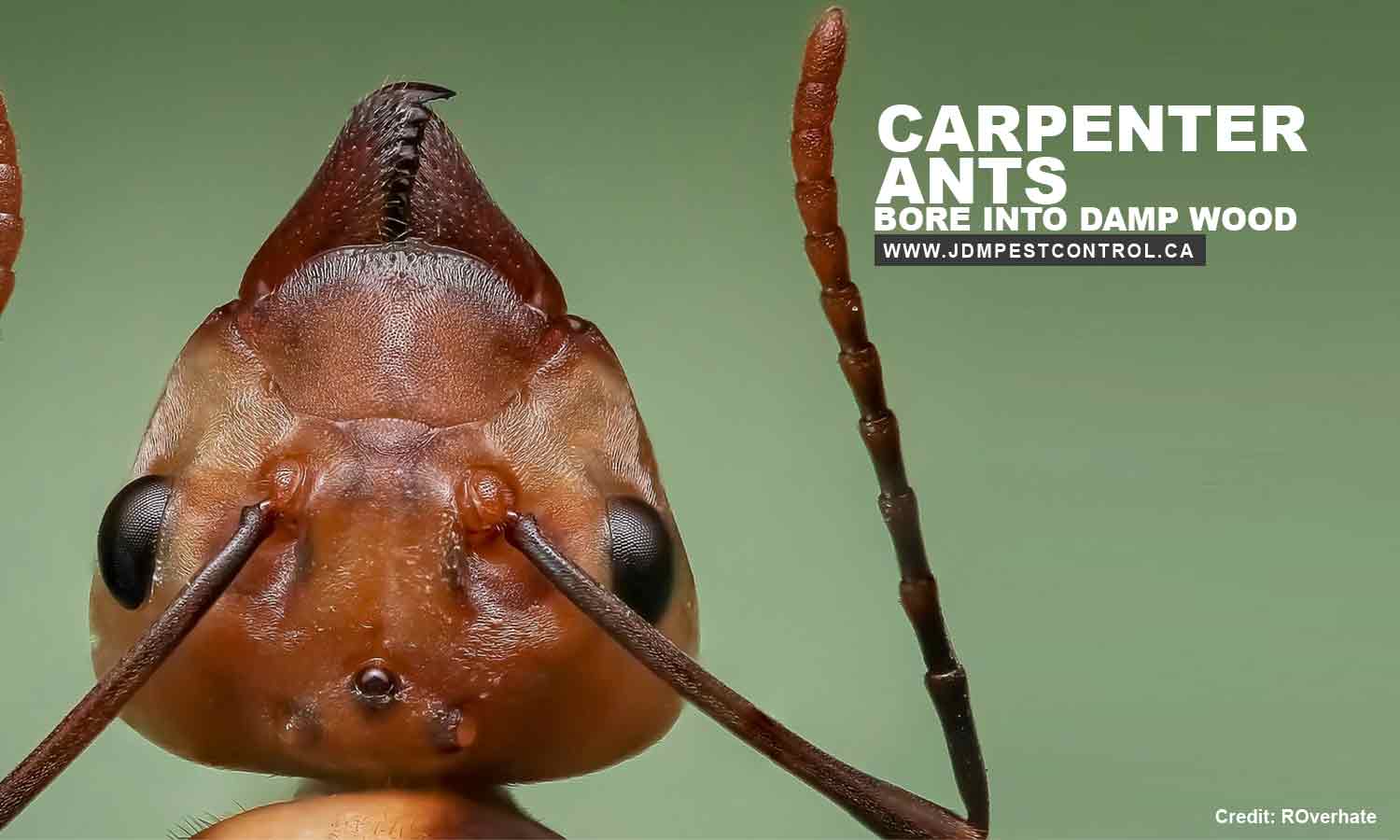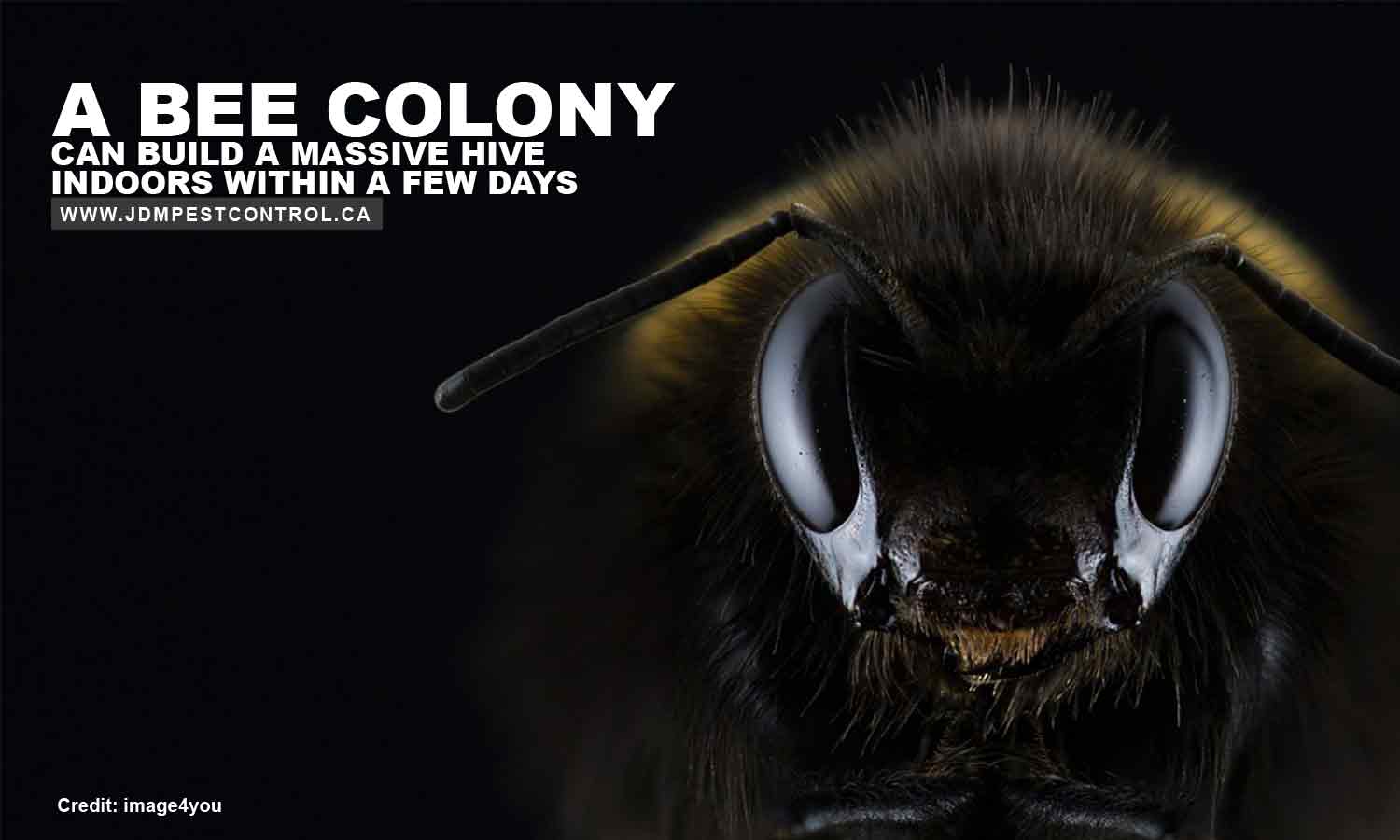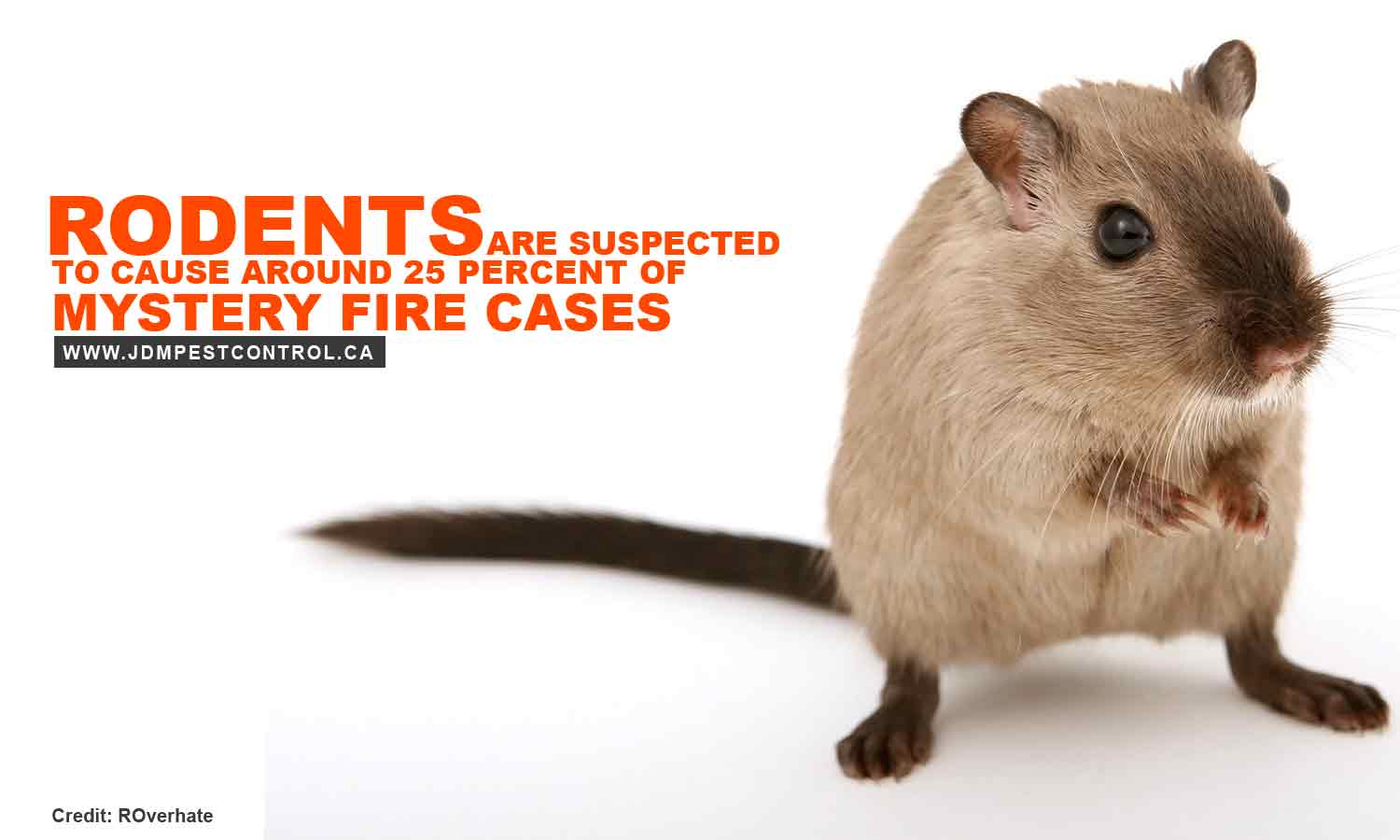Pest infestation is not only dangerous to your family’s health, but it can also burn a hole in your wallet when left unmanaged. Additionally, if you’re putting your property up for sale or rent, its value will dip with any signs of pests. Reduce your costs and preserve the marketability of your home by detecting pest problems in your home as soon as possible.
Whether you are a landlord who wants to keep your tenants happy or a homeowner who is looking forward to selling your house in the future, this list of nasty critters to look out for can help you protect your property’s worth.
- Insects
They’re small but terrible. Urban entomologist Dr. Mike Merchant says, “Insects have evolved along with humans, actually becoming specialists at living among us and off our scraps and cast-offs. Unfortunately, their invasion of our homes often leads to structural and other damage that can negatively impact the home’s value.”
Below are a few insects that can wreak havoc in your home and pest control tips to reduce those pests:
- Termites
Global News reports that termites in Toronto cause around $120 million worth of damage annually. This may lead to a decrease in neighbourhood property values by as much as 25 percent.
Dr. Merchant says, “Extensive termite damage can make floors or walls sag due to loss of structural integrity.” This makes for an unsafe home and puts your family at risk.
To identify termites at home, watch out for insects that are small, brown, or black, with four wings and ant-like bodies.
We do not recommend dealing with termites on your own. Different types of termites require different types of treatments. Call a professional.

- Cockroaches
One of the most easily identifiable pests, cockroaches make your home not only unpleasant but also unsanitary. Studies have shown that children living in homes infested with German cockroaches have increased risks of developing allergies and asthma.
Do not put off dealing with these pests. They can multiply exponentially. A female cockroach can lay 4 to 8 capsules in its yearlong lifespan. Each capsule can contain 30 to 48 eggs. Therefore, within a year, you can have as many as 18,000 cockroaches.
- Bed Bugs
Although uncomfortable to live with, bed bugs will not make you ill as rodents and cockroaches do. However, you still have to keep these insects out of your property, especially if you are a landlord or homeowner.
Dr. Merchant shares the experience of a house buyer who was reluctant to purchase an expensive home because its former owner had bed bugs. This is not uncommon. Bed bugs, as well as other pests, can make your property less desirable and drive away potential buyers or tenants.
Read more on how to prevent and detect bed bugs in your property.
- Powderpost Beetles
Powderpost beetles infest in hardwood, damaging flooring, molding, shelves, doors, and other furniture. As suggested by their name, they grind wood into flour or powder-like dust.
To identify these insects at home, watch out for holes that are no larger than an inch in wood.
One-to-five-year-old homes are especially vulnerable to powderpost beetles. If you are a new homeowner, make sure that your house is free of infested wood.

- Carpenter Ants
Carpenter ants can be easily mistaken for termites because they also bore into wood. Dr. Merchant says, “The well-muscled jaws of carpenter ants are fully capable of hollowing out solid pine or fir lumber to make nest galleries.”
The main difference between carpenter ants and termites are the tunnels or galleries they make. Carpenter ants leave smoother tunnels, while termite galleries contain mud-like clumps.
Carpenter ants bore into damp wood to encourage mold and fungus growth, which is their main food source. The network of tunnels these insects carve into wood can weaken your house’s foundation. If exposed to strong external forces, such as storms and high winds, the structure may collapse.
- Fire Ants
Another type of ant you need to look out for is fire ants. Fire ants are an invasive species known for their painful sting. Although they create nests and live outdoors, they can get into homes too. They can cause electrical issues, such as power outages, by slipping into the cracks and crevices of switches, transformer boxes, and heating and air conditioning systems.
You can eliminate these pests by setting up ant baits around your yard or spraying insecticides directly to their mound. However, if you are wary of their sting, especially if you are allergic to it, you can ask for professional help.

- Honey Bees
We love what they make; we don’t like them in our homes. Dr. Merchant calls them “homewreckers,” living in walls, under floors, or above, in attics. A bee colony can build a massive hive indoors within a few days. It is easy to deal with bees by spraying insecticide, but removing a beehive is a task for professionals. When left unmanaged, a beehive can leave a mess of honey and wax. Meanwhile, dead bees can attract other pests, such as moths, rodents, and other animals that feed on insects.

Rodents
Aside from insects, rodents are also common pests in homes. Rodents, such as rats and mice, can gnaw on wires, wood, and pipes, making your home structurally unsound. Faulty wiring caused by rodent activity may also lead to residential fire. Rodents are suspected to cause around 25 percent of mystery fire cases. These are fires with undeterminable or unidentifiable origin.
Rodents are also well-known carriers of disease. A single, small mouse spreads around 3,000 microdroplets of urine daily. Mouse waste can hold bacteria and viruses that your family can be susceptible to. Meanwhile, their larger cousins, rats, can spread salmonella, murine typhus, and other illnesses.
If you have rodents at home, deal with them as soon as you can. One female mouse can give birth to 5 to 10 litters annually. Each litter can have 5 to 6 newborns that will mature fully within a month. Therefore, within a year, you can have as many as 720 mice.
Bring in the Professionals

Don’t wait until bad becomes worse. Repairs and replacement of pest-damaged structures and furniture can be costly. Unfortunately, most standard home insurance policies do not cover property damage caused by pests. Some firms do offer add-ons or upgraded policies to cover pest infestation, although at a hefty price.
You can take matters into your hands, but this will come with risks. Strong pesticide use requires proper training and certification. For a safe, efficient, and effective treatment, find the nearest friendly professional pest control company. They can correctly identify the critters that are slowly destroying your home and determine the best pest eradication strategies to use to make your space pest-free.
Safe and Environment-Friendly Pest Control
JDM Pest Control has been helping keep Greater Toronto Area homes and buildings pest-free for over 2 decades. We deal with all types of infestations, from roaches to bed bugs and rodents. Our pest control and prevention strategies are eco-friendly, ensuring that we get rid of your critter problem without long-term harmful effects to the environment and your family’s health.
Our pest control services cover both residential and commercial buildings, so you can say goodbye to your pest problem whether it is in your home or office space. We can assess your building for free. Just leave us a message online or give us a call at (416) 729-3568.
A pest-free house makes a happy home. Keep your home happy and pest-free with JDM Pest Control.
